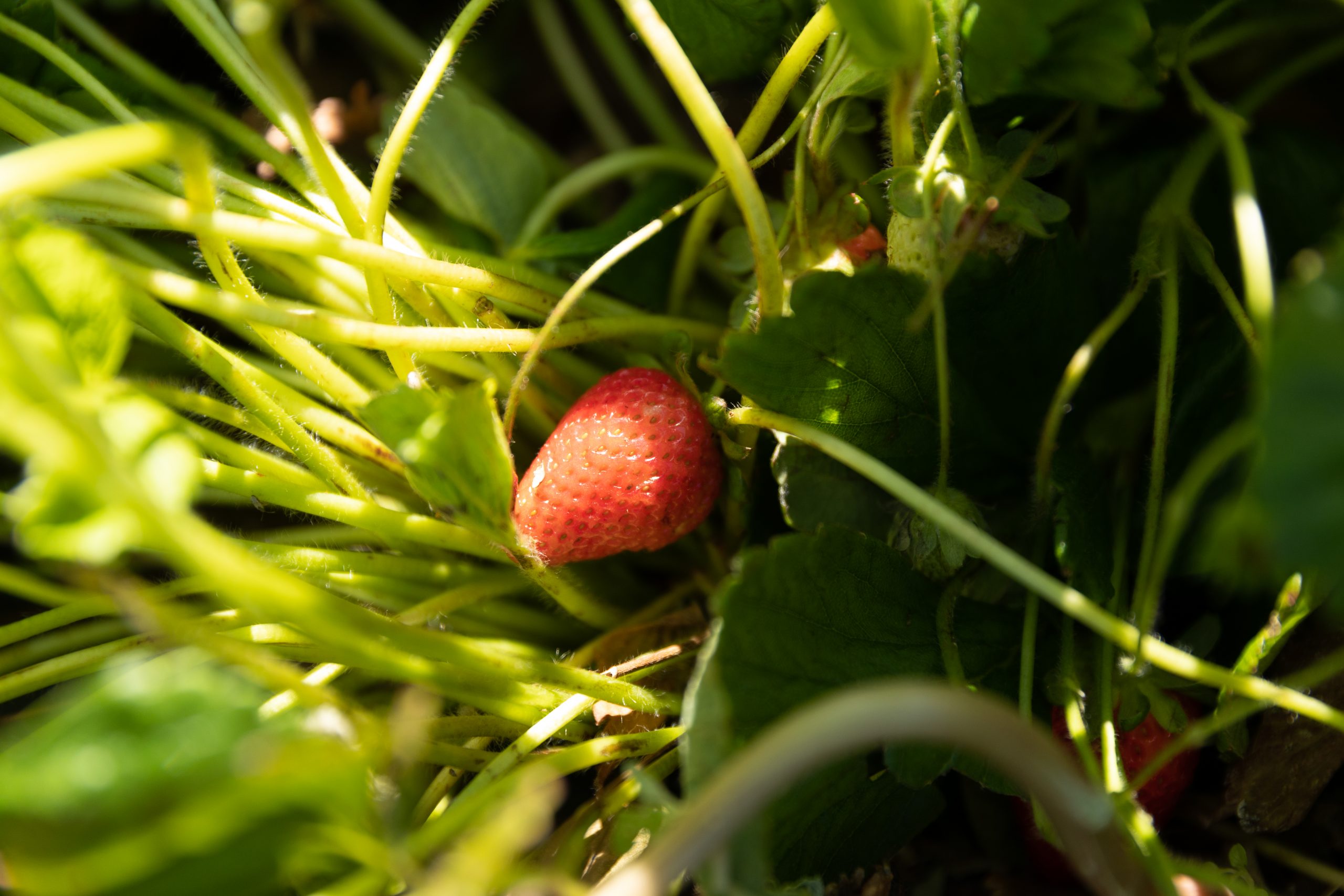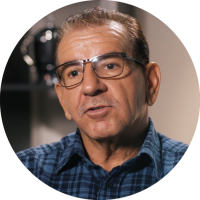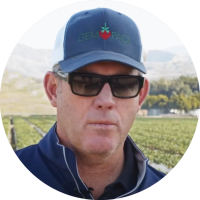
How an unlikely bunch banded together to save the land.
Once in a red moon, we hear a true story so encouraging that it renews our hope in humanity and the future of our planet. This is such a story. It involves a surprising cast of characters and reveals how, sometimes, the most consequential heroes come from the least expected places.
Enter character #1: the strawberry. When you think of strawberries, what comes to mind? Yummy jam smeared on toast? Fluffy shortcakes filled with heavenly bliss? Healthy post-workout smoothies? Romantic delights bathed in chocolate? If so, welcome to the club! Who doesn’t love strawberries?
Well, let me fill you in on a dirty little secret. A really dirty one.
To farming, health, and environmental experts, strawberries are the Rodney Dangerfield of the produce world — yep, they get no respect. As a matter of fact, strawberries get such a bad rap that they top the Environmental Working Group’s infamous “Dirty Dozen” list.
It turns out, strawberries are prey to some 200 species of pests, such as slugs and mites, and getting rid of them takes a whopping 300 pounds of pesticides per acre. That’s bad for the soil, bad for farmers, bad for the environment, and bad for you. It’s 100% bad.
But this story, as promised, is 100% good. It all began ten years ago, 30,000 feet above the Earth, when an Australian entrepreneur and an American bioscientist/farmer met by chance aboard a long commercial flight. This fateful encounter led to the launch of a company called Vicentia, which one day would come up with an astonishing solution to the strawberry problem. Even better, it was the answer to a laundry list of farming, health, and environmental issues.
Their breakthrough? Getting a bunch of tiny-yet-mighty heroes to accomplish no less than five herculean labors:
- Protecting crops, by eliminating the need for pesticides.
- Protecting the soil, by eliminating the need for heavy metals.
- Protecting farmers, by reducing costs while maintaining or increasing yield and crop quality.
- Protecting the environment, by reducing greenhouse gases and ensuring sustainability in agriculture.
- And, finally, protecting people’s health from toxic chemicals.
These weeny wonders happen to be a unique kind of good bacteria, the result of years of relentless commitment to science, to innovation, and to the regeneration of our planet. But going from promising idea to proven solution would require other equally engaged, courageous players. The first one was a California produce grower named Etchandy Farms. The head of Etchandy knew of Vicentia’s work and wanted to help. He offered a sizable plot of farming land for Vicentia bioscientists to conduct multi-year field research in the cultivation of the most difficult, inglorious produce of them all. You guessed it, strawberries.
Three years later, Etchandy’s bravery paid off. The science, the good bacteria, the soil protection — it all worked! Today, Vicentia’s all-natural, sustainable farming innovations are being trialed in seven countries. Recently, another helper — a colossal one this time — joined forces with our story’s motley crew: Walmart.
Walmart’s journey to become a more sustainable company started 17 years ago. Ever since, the retail giant has strived to make real progress on climate, waste, nature, and other vital regenerative issues. As part of this effort, this year they’ll showcase Etchandy Farms’ strawberries, stamped with the fitting label of “Earthmade,” in select locations.
So, if you come across Earthmade strawberries at Walmart, get a bunch and join the bunch. It would help restore the planet. It could help restore your hope.











